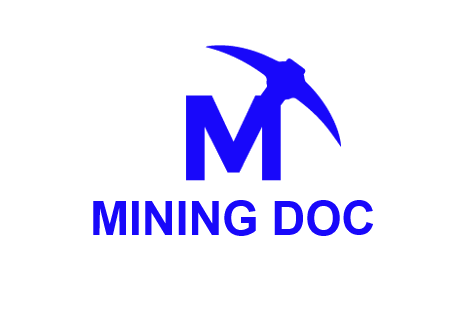Introduction
For centuries, geologists have been the earth’s detectives, meticulously piecing together clues to uncover hidden treasures beneath the surface. But in an era of Big Data and rapid technological advancements, a new partner has emerged in the quest for valuable orebodies: Artificial Intelligence (AI). This powerful technology is transforming the way we explore and understand the Earth, offering geologists unprecedented tools to accelerate discovery and optimize resource extraction.
AI can assist geologists in mineral exploration and discovery in several ways:
Analyzing large datasets
Massive volumes of geophysical, geochemical, and drilling data can be processed by AI to find patterns and anomalies that might point to the existence of ore resources. This is especially helpful for investigating regions that are covered in sediments or younger rocks and have deposits that are not visible at the surface.
Building accurate models
In the exploration phase, it can assist create more precise predictive models of the kind, location, and grade of minerals, saving time and money. Numerous datasets, such as those pertaining to geology, geophysics, and geochemistry, can be included in these models.
Enhancing existing technologies
AI can be used by geologists to improve and optimise current exploration techniques, such as induced polarisation (IP) surveys. Artificial intelligence (AI) can assist geologists in more precisely interpreting the data from these surveys and locating possible ore deposits buried hundreds of meters below the surface.
Assisting in decision-making
AI can give geologists advice and insights, enabling them to make better decisions while doing exploration. Nonetheless, geologists continue to be essential in determining whether AI-generated targets are geologically acceptable and in reaching final choices.
Conclusion
AI can be a useful tool in mineral exploration, but it cannot take the place of geologists’ knowledge and experience. In order to assess the AI-generated targets, understand the geological background, and decide where to drill and explore, geologists are still required. The best course of action is to employ AI as an adjunctive instrument to augment geologists’ skills as opposed to using it as a stand-alone fix.
References and Further Readings
Mishra, A. K. (2021). AI4R2R (AI for Rock to Revenue): A Review of the Applications of AI in Mineral Processing. Minerals, 11(10), 1118. https://doi.org/10.3390/min11101118
Bergh, L. (2016, January). Artificial intelligence in mineral processing plants: An overview. In 2016 International Conference on Artificial Intelligence: Technologies and Applications (pp. 278-281). Atlantis Press. https://doi.org/10.2991/icaita-16.2016.69







